

A trader is an individual who operates in financial markets and aims to generate income through buying and selling various assets. Traders typically work in investment firms, banks, investment funds, and various financial markets, including stock exchanges, forex, or digital currencies, using technical and fundamental analysis to make profitable decisions. They are usually well-educated and… Continue reading Who Is a Trader?

Forex training sites are websites that allow users to learn concepts, methods, and principles related to the foreign exchange market (Forex). These websites provide their users with information on technical and fundamental analysis, trading methods, risk management, capital management, and more. The main purpose of these websites is to teach users the necessary skills to… Continue reading The Best Forex Training Sites

The most important thing you encounter after familiarizing yourself with the forex market is currency pairs. Currencies hold significant importance as they facilitate various foreign exchange transactions. When you intend to make a simple purchase in a foreign country, the first thing you need to do is convert your country’s currency into the currency of… Continue reading What is a currency pair?
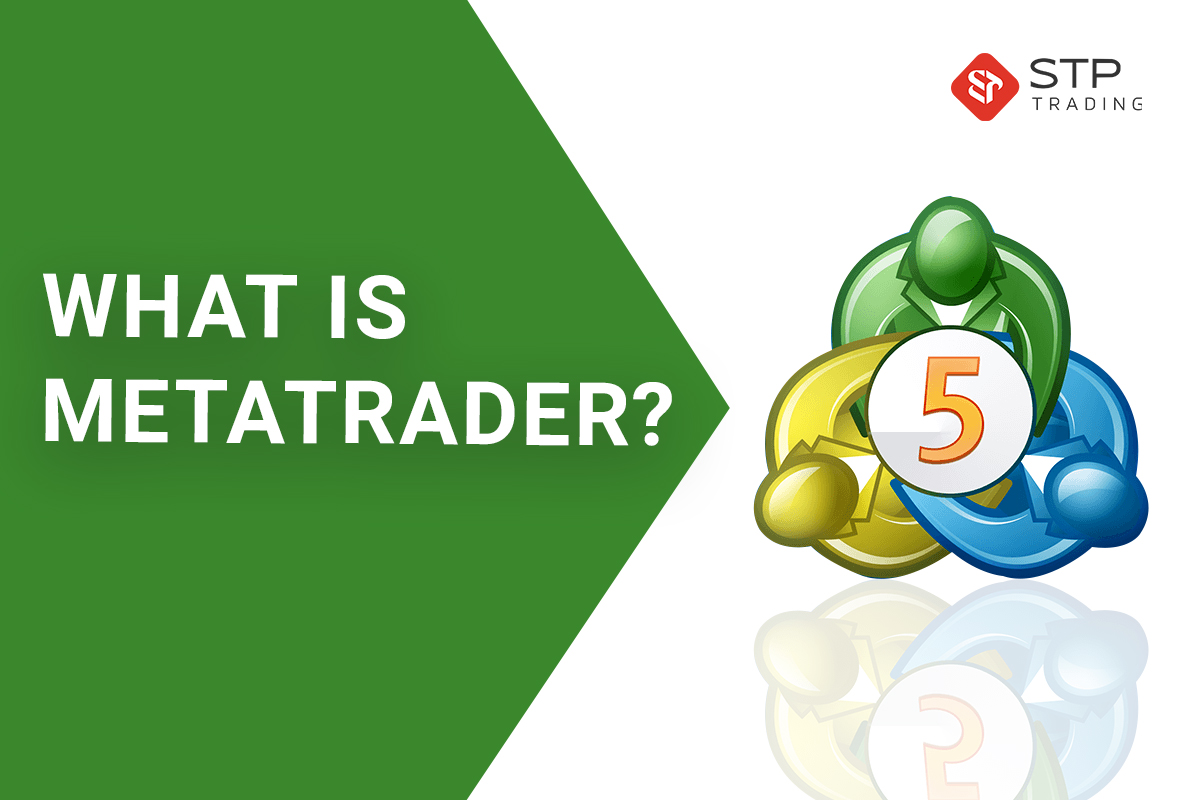
MetaTrader is one of the most popular trading platforms in the Forex market. This platform allows users to manually or automatically execute their trades in financial markets using advanced algorithms and analytical tools. MetaTraders are a type of software designed for automating and executing financial trades using advanced algorithms. They are specifically used for analyzing… Continue reading What is MetaTrader?
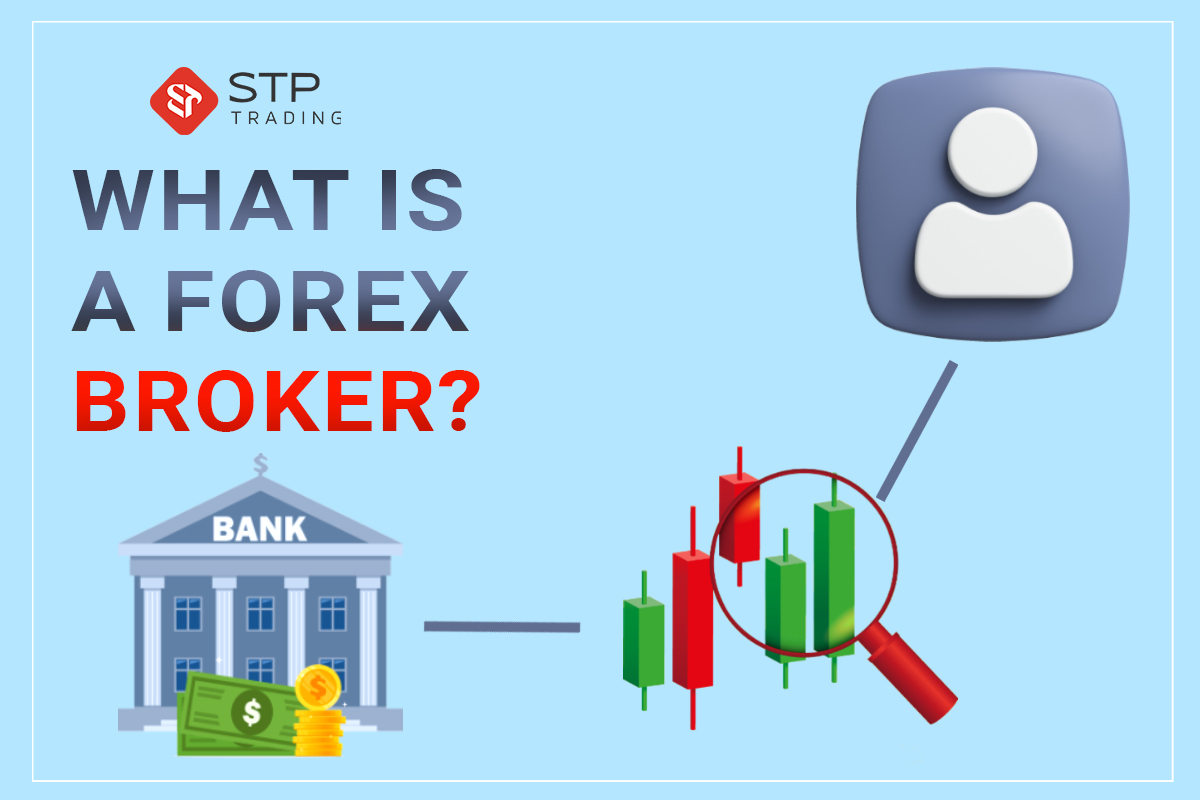
A Forex broker is a company that allows you to buy and sell currencies in the foreign exchange market by providing trading platforms. These companies have access to the currency market through electronic networks and enable you to trade in the Forex market with less capital compared to trading in the stock market. Forex brokers… Continue reading What is a Forex broker?
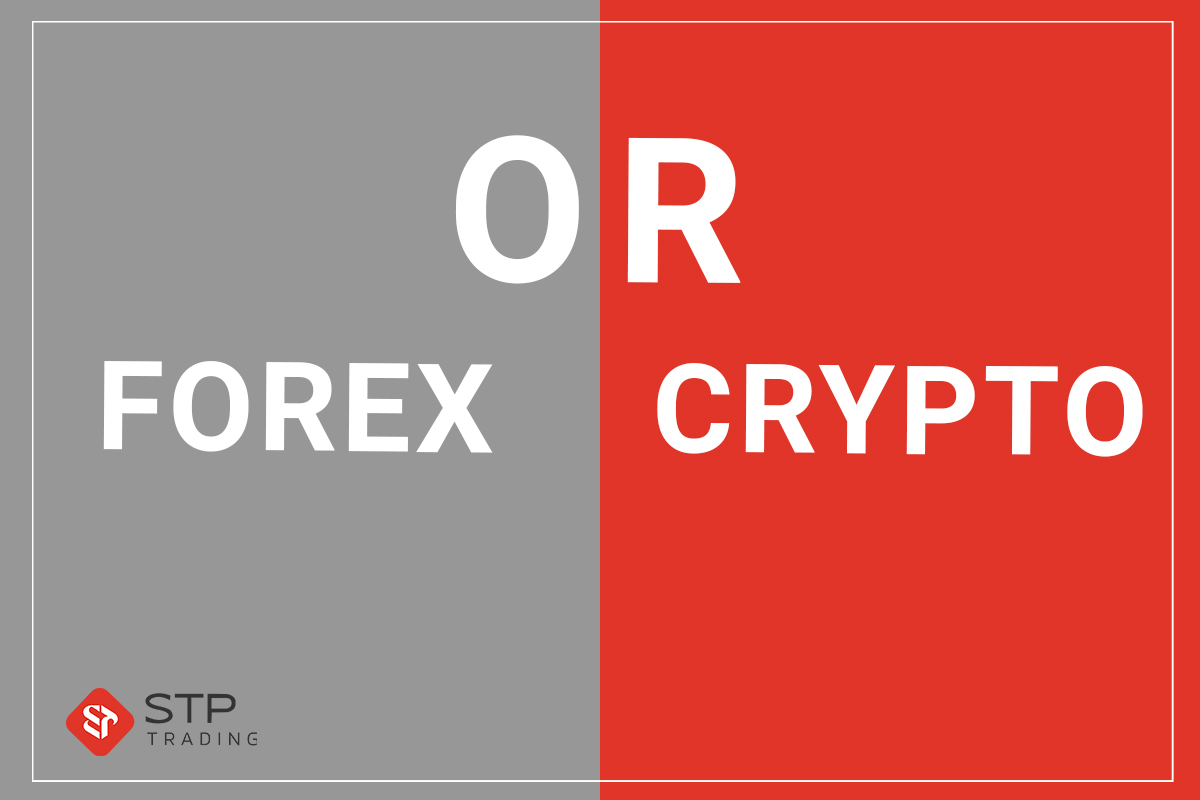
Forex is a global currency market where different currency pairs are traded; therefore, it is considered the largest financial market in the world. Digital currencies or cryptocurrencies are a special type of financial assets that operate based on blockchain technology and have gained popularity in recent years. For traders interested in financial markets, choosing between… Continue reading Forex or crypto? Which one is better?
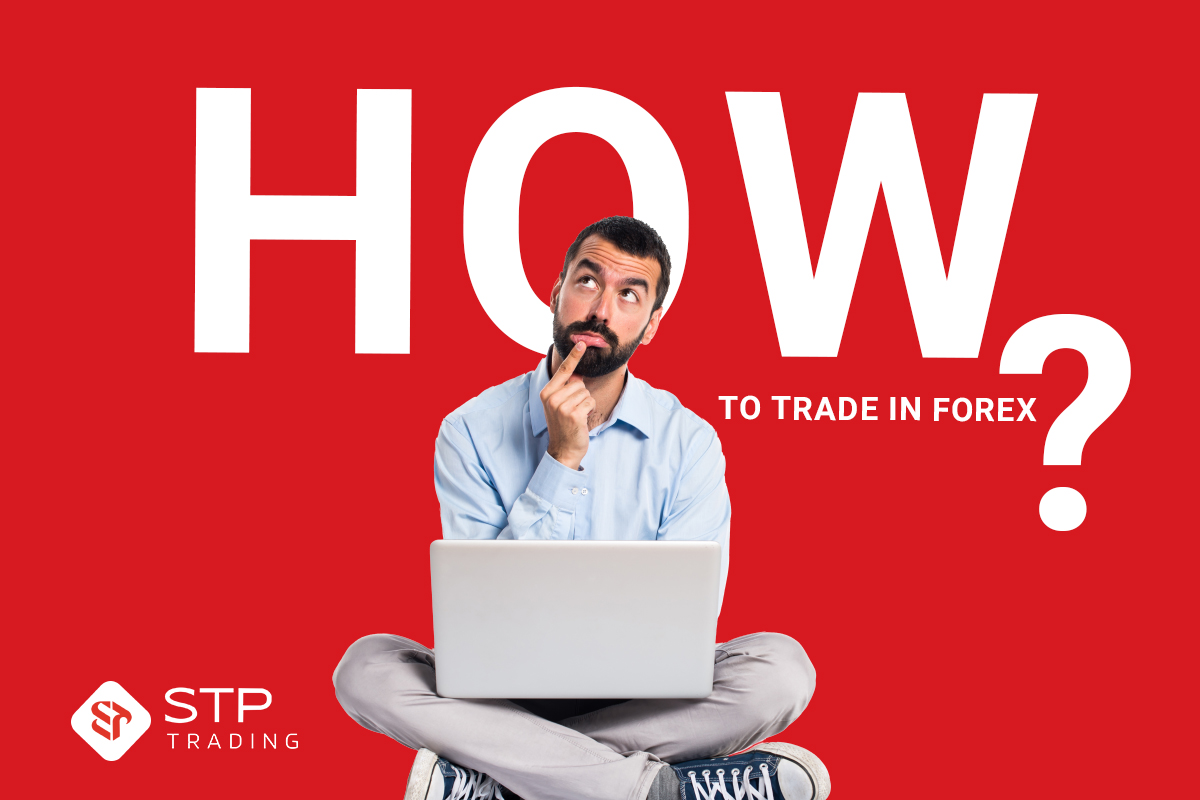
Trading in the Forex market means buying and selling different currencies to make profits. To trade in the forex market, you first need to open an account with one of the reputable forex brokers. Then you should deposit money into this account so that you can start trading. After depositing money, you can start trading… Continue reading How to Trade in Forex?
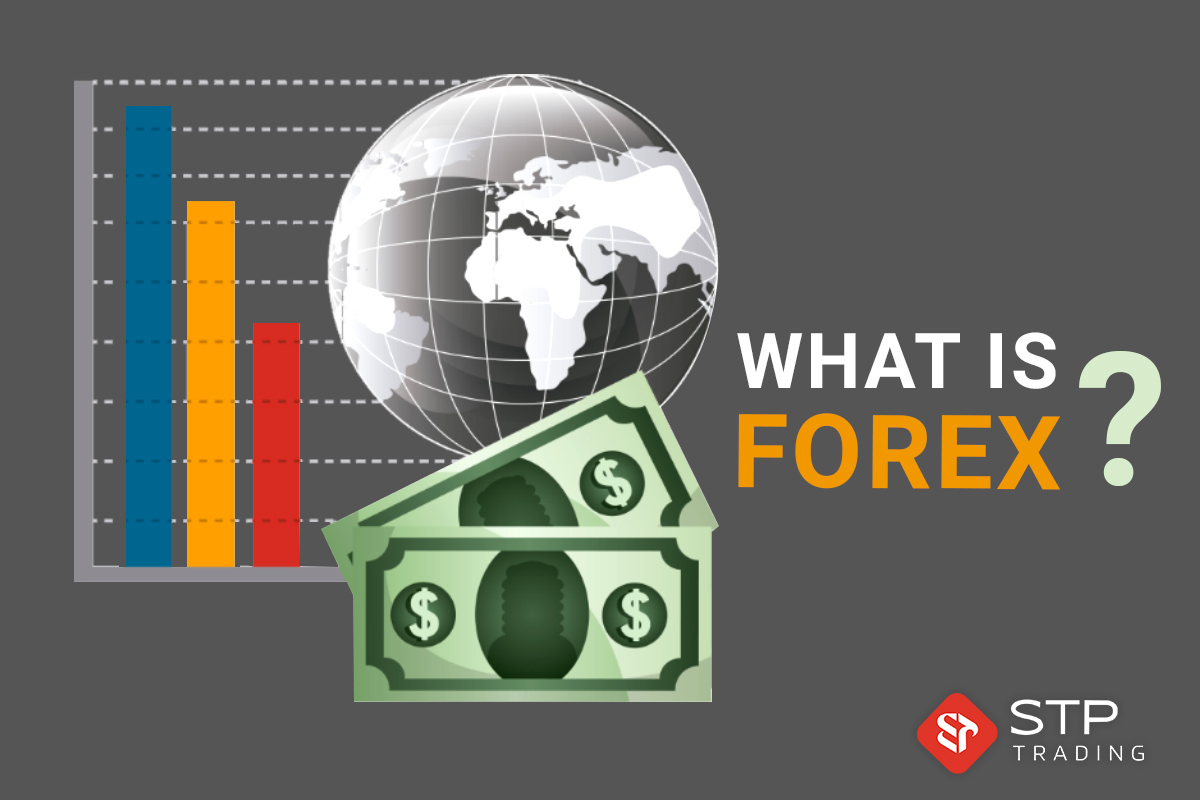
The Forex market is a market where world currencies are traded with each other. Forex is known as the largest financial market in the world, where transactions will be carried out with a high volume. The Forex market is operated with the help of banks, financial companies, customs companies, and other companies related to foreign… Continue reading What is forex?
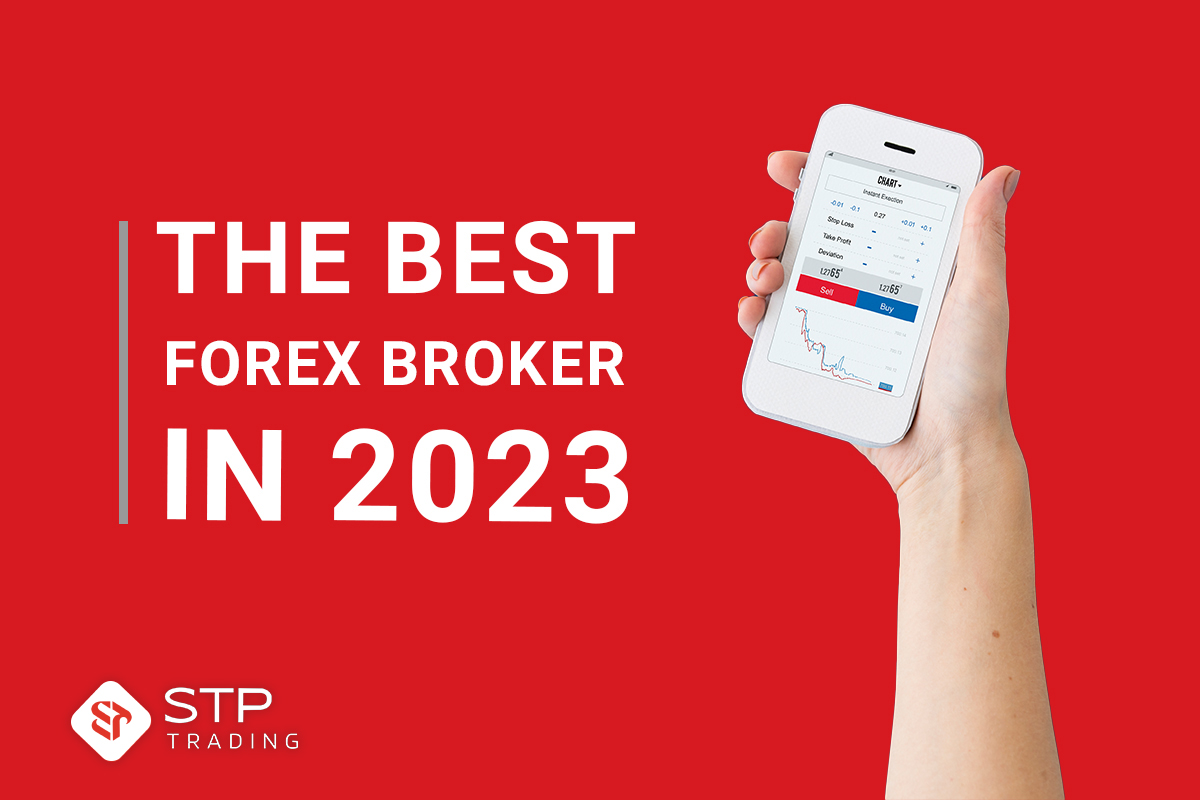
Looking for the best forex broker in 2024? Discover the top 12 forex brokers that offer exceptional services, competitive spreads, advanced trading platforms, and reliable customer support. A Forex Broker is a person or company that allows its traders to trade in the international currency market (Foreign Exchange Market). The international currency market (Foreign Exchange Market) is… Continue reading The best Forex brokers in 2024